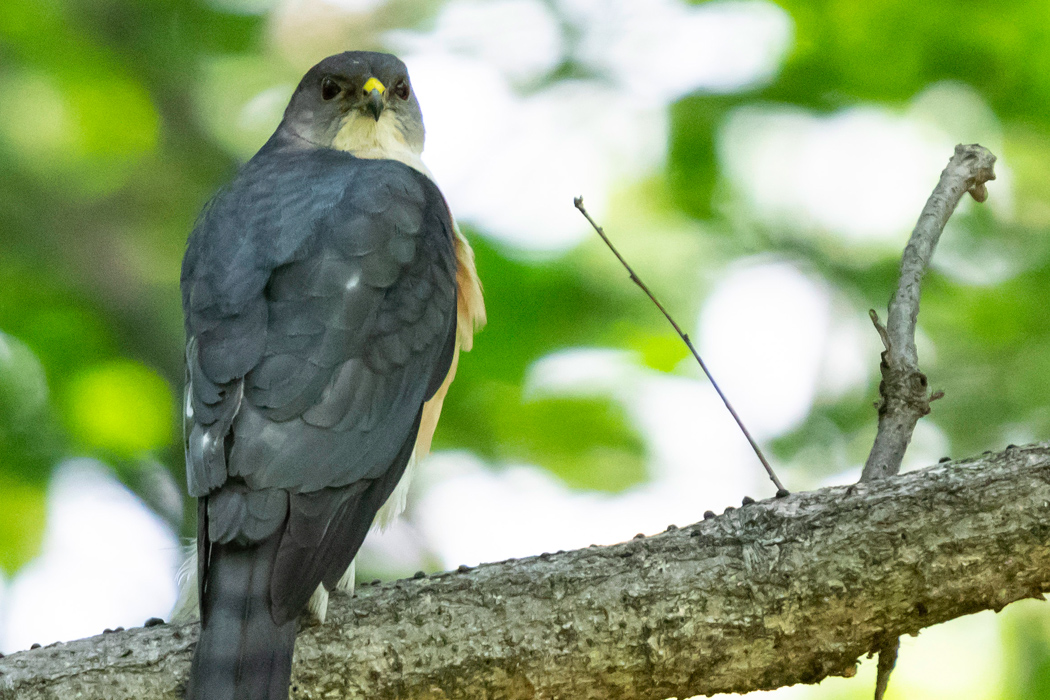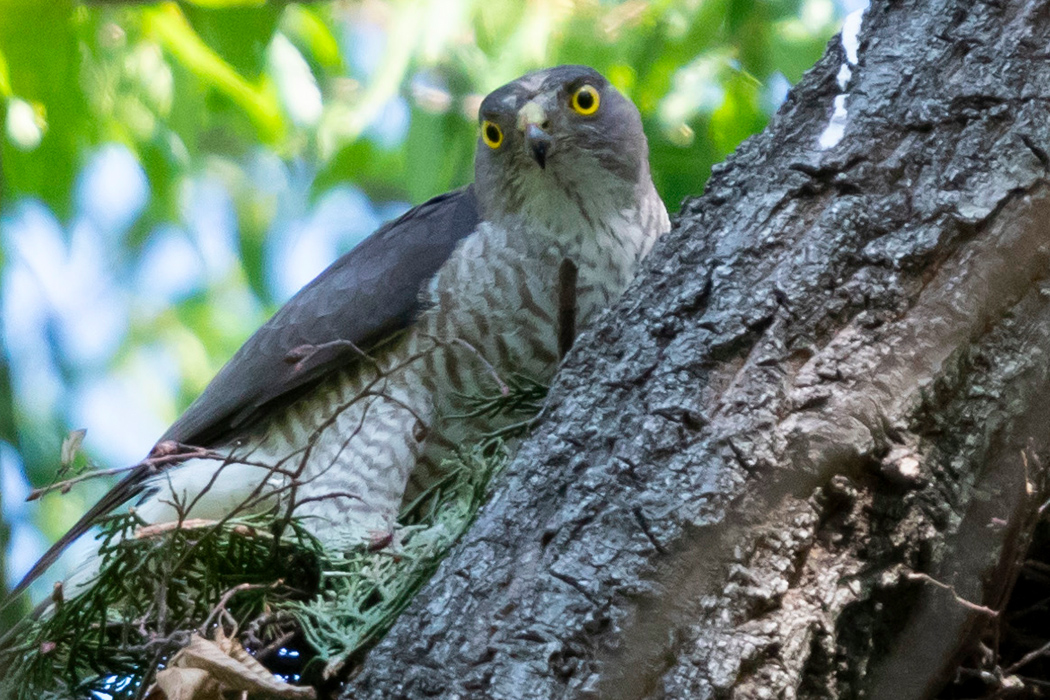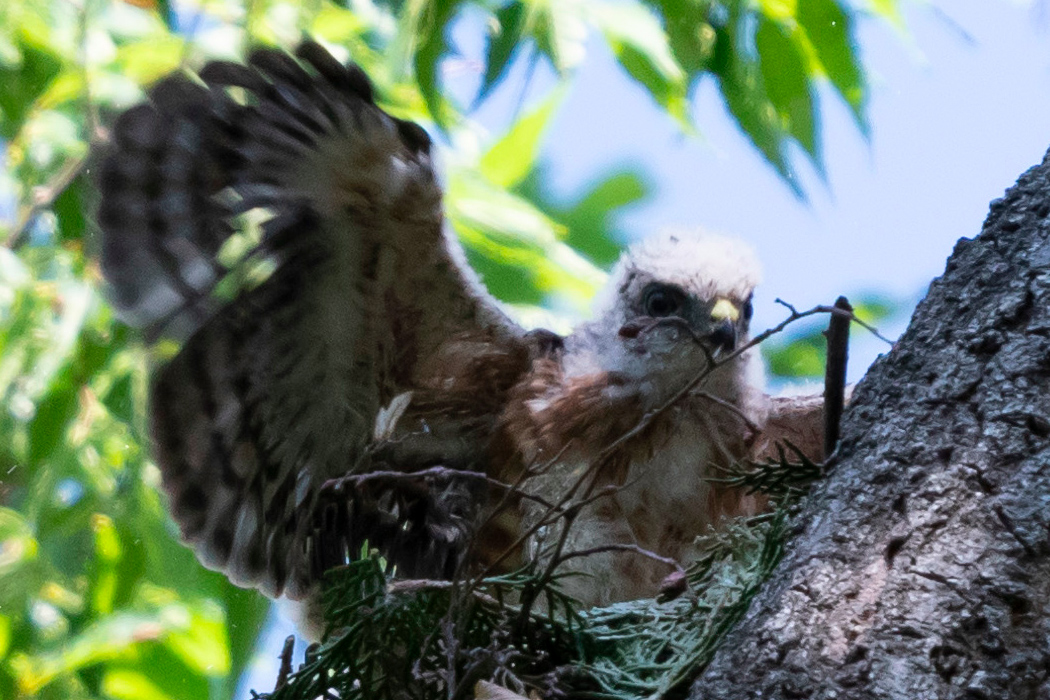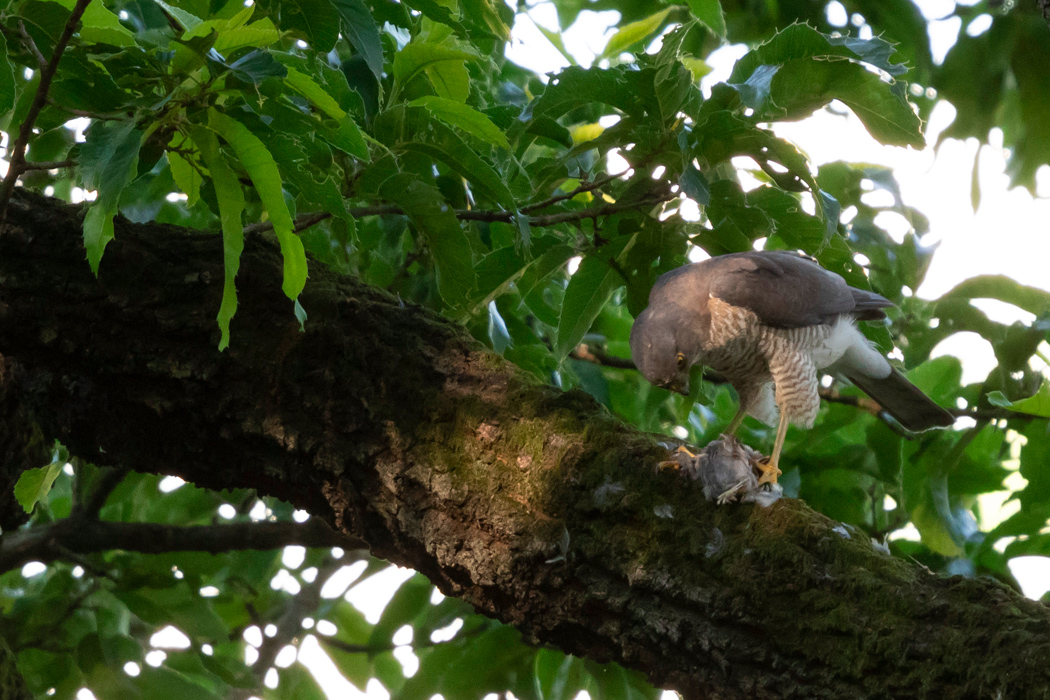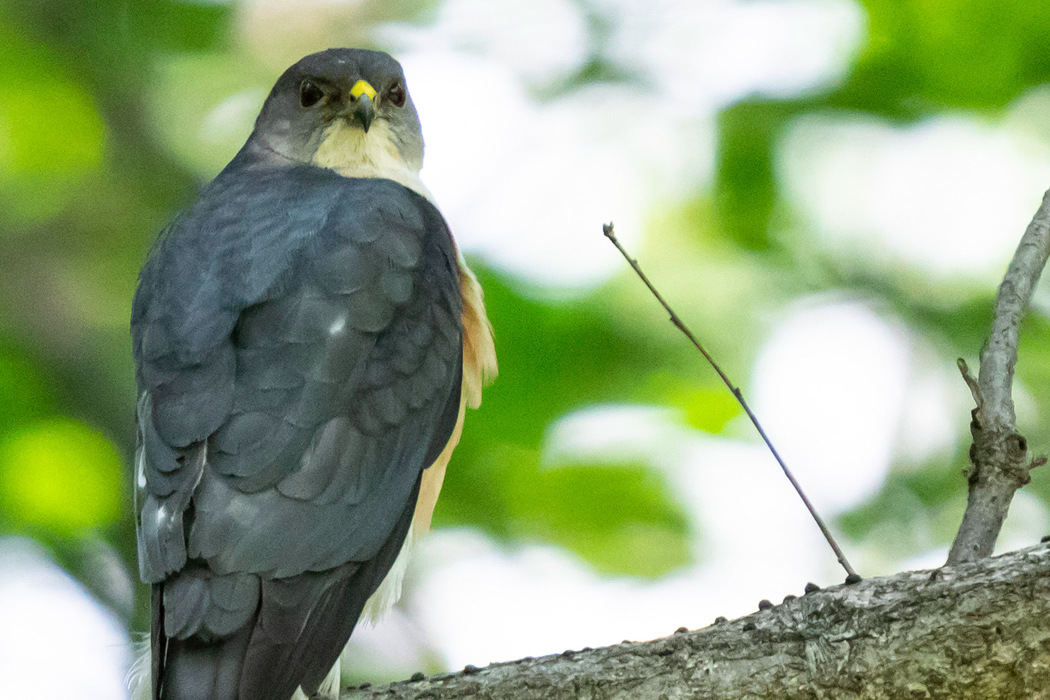
Japanese Sparrowhawk
A small hawk, not a high-pitched one.
| Scientific name | Accipiter gularis |
| English name | Japanese Sparrowhawk |
| Japanese name | 雀鷹 |
| Classification | Aves |
| Classification details | Accipitriformes Accipitridae |
| Full length | male 27cm female 30cm |
| Distribution | Natsutori north of Kyushu |
Characteristics
Japan's smallest hawk. The kanji notation is enough to be written as "sparrow hawk", and at first glance it is only about the size of a turtledove. Males and females differ in body size and color. Males are slightly smaller than females, with a bluish-black dorsal surface and a slightly orange belly. The back of the female is lighter gray than that of the male, and the belly has a brown horizontal line. The eye ring and the base of the beak are yellow. The iris is red.
Calls
During the breeding season, they make high-pitched calls such as "squeaky" and "pyo-pyo". It seems to sing a lot when it is flying or when it is perching on a tree to loosen its food.
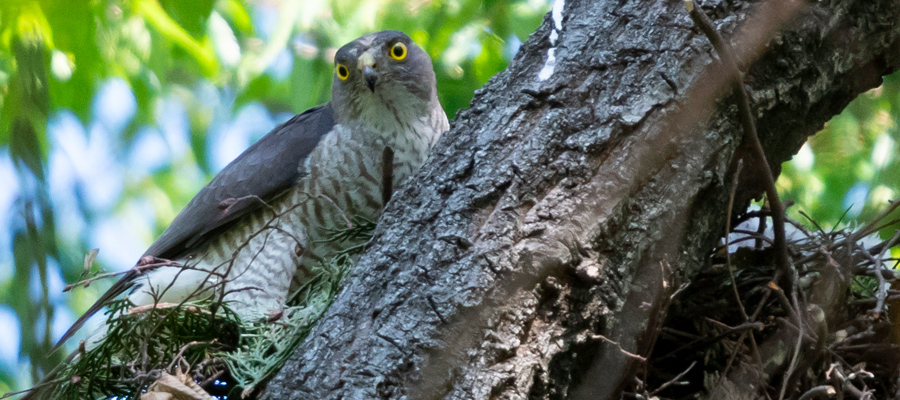
Ecology
Inhabits forests in flatlands and mountains. They act in pairs and fly to Japan from around spring to breed. It builds a nest in a tree and lays its eggs. They feed on small birds such as sparrows and starlings, as well as insects. While raising children, they sometimes fight with crows.
There are also examples of nesting in roadside trees near urban areas.
Habitat
I found a nesting pair in Hachioji city. There was a bird that chased after crows with a high-pitched call. When I observed it for a while, it caught food every 10 minutes or so, perched on a branch, removed its feathers, and then fed it to the chicks in the nest. There were two chicks on the day of observation.
Pictures
Introducing a picture of Japanese Sparrowhawk.
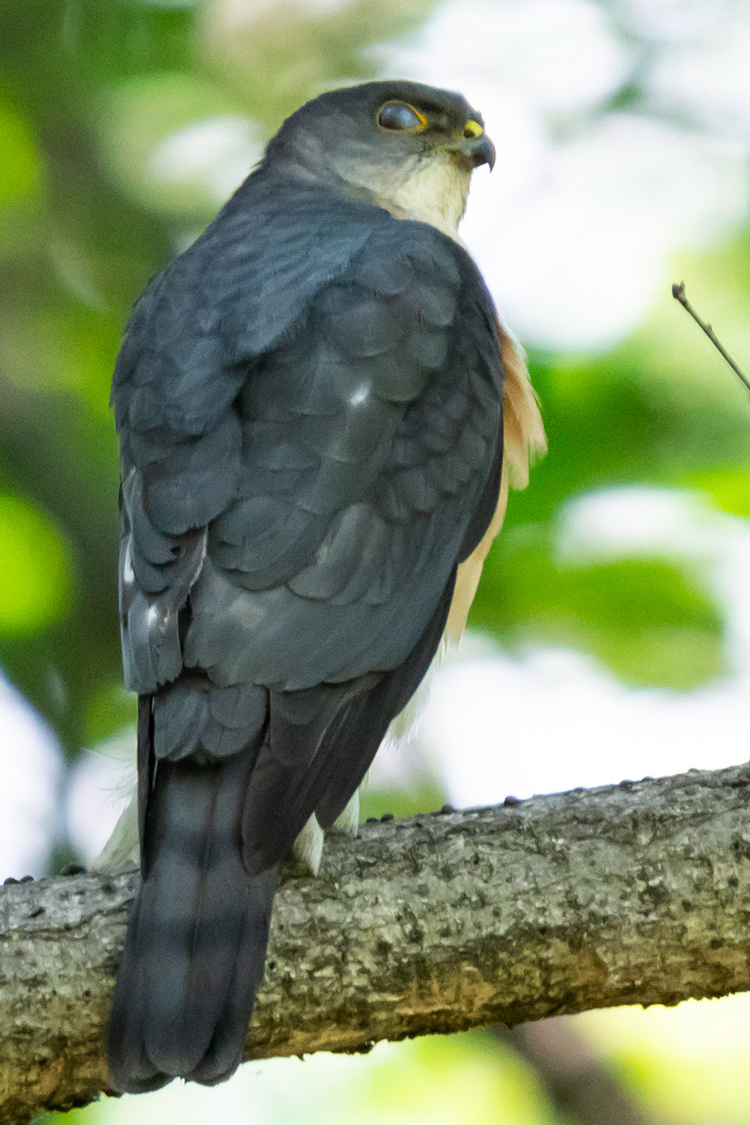
Picture book
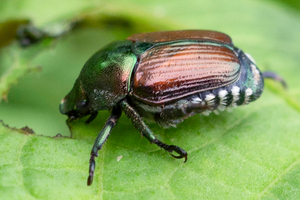
Japanese beetle
There is a white stripe along the edge of the abdomen.......ead more.

Asian Brown Flycatcher
Big black eyes.......ead more.
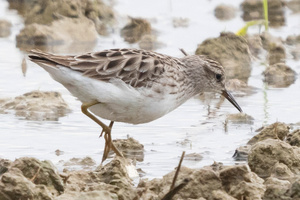
Long-toed Stint
Sandpiper as small as a skylark.......ead more.
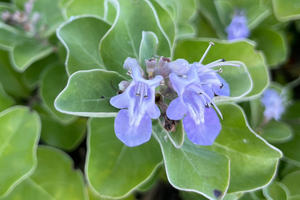
Vitex rotundifolia
Light purple flowers bloom on the coast.......ead more.
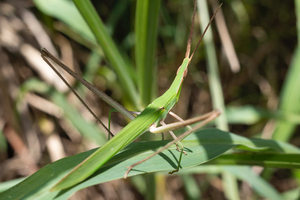
Oriental longheaded locust
Its long, slender body helps it camouflage itself with the surrounding leaves.......ead more.
